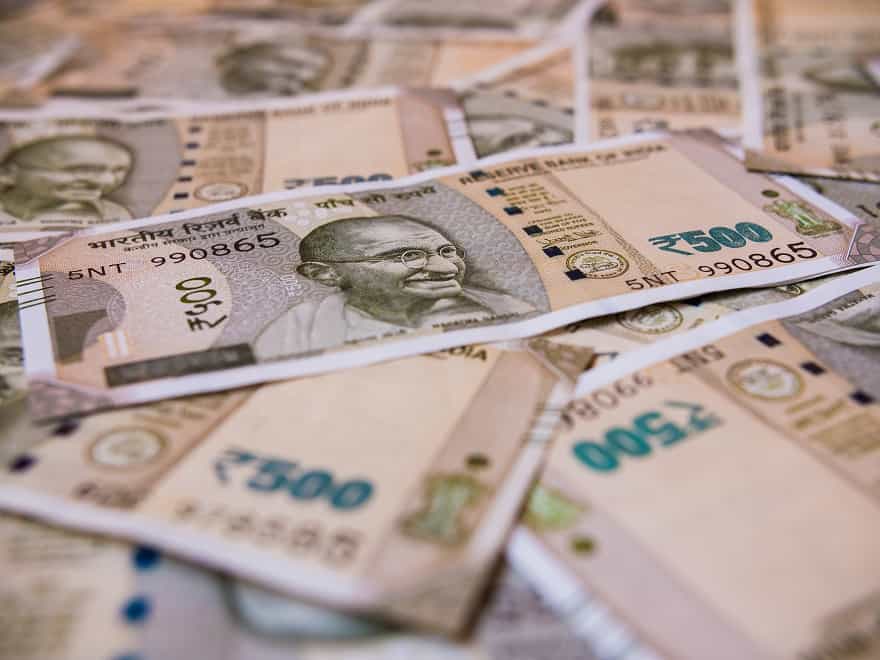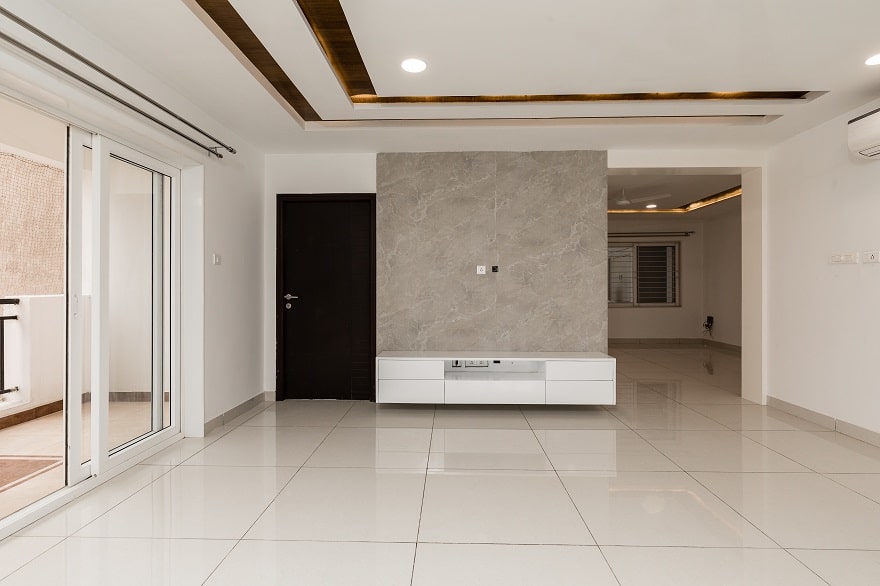Moving to India conjures up ancient history and culture, a delicious and rich variety of cuisine and of course cricket! But what are the key challenges people face when relocating to India?
The key when relocating to India is research and preparation. Finding the right home can be very challenging, any kind of bureaucracy is slow and tedious, and getting around most cities is exhausting. Healthcare, climate and schooling are all notable considerations ahead of your move to this amazing country. Fortunately, we cover all this and much more in our ultimate moving to India guide.
There is more to India than its rapidly increasing population. Rich culture, amazing landscapes, low cost of living, and more opportunities for business startups are a few of the reasons why people move to this side of the world. Currently, over 30,000 expatriates are living in India, and this number is steadily increasing every year.
If you’re an Indian national who has been living in a foreign country for a very long time and are planning to repatriate back to India, or if you’re a foreigner seeking to study, work, settle, or retire in India, you need to plan your move as early as now.
In this guide, we will be covering essential topics like those mentioned above. Aside from these topics, we will also be showing you what kind of life to expect in India, along with the types of visa and work permits you need to secure to move in the country successfully.
We have also allocated a specific section to tackle different schooling options for parents who will be bringing their kids with them to India. So, without any further delay, let’s jumpstart our journey to India.
For new arrivals, the sheer scale of India and the sensory overload which one can be exposed to might take a little adjustment. The country is rich in history and traditions which can vary widely in different areas of the country.
Most Indians are open and friendly. You’ll soon find yourself accepting dinner invitations from your neighbour on an ordinary evening. No event, no birthdays, they just want to get to know you better.

There are over 50 official languages and hundreds more unofficial. Hindi is the most widely spoken language, however, in most major cities, ex-pats may find speaking English is easier than one might expect. The business language in the urbanised areas is often English.
That being said, a few words of Hindi or the local language, or dialect will almost certainly be well received and enrich your experience in India.
Oh yes! Bureaucracy can be very challenging in India and things probably won’t progress in a linear fashion. It is best to go with the flow and definitely avoid losing your temper. You may have the option of using a gofer or perhaps someone in public relations who works at your company, which should help to accelerate things and prolong your sanity for a bit longer.

Woman in traditional Indian costume smiling and making "namaste" gesture for respectful greeting
Business and social gatherings tend to be fairly relaxed, although society is hierarchical and you should always respect and recognise someone’s role and status. Addressing people with their professional/ academic title is strongly advised.
Bullying, assault on women, and sexual harassment are sadly not uncommon in parts of the country but are by no means socially acceptable. If you experience any of these, or if you feel uncomfortable or threatened, call 181 right away to get in touch with the country’s emergency helpline. To connect to the local police, all you have to do is dial 100. The country’s police force is more than ready to confront sexual harassment and hunt the perpetrators down.
India is generally fairly inexpensive. The larger cities are certainly more expensive but in most cases cheaper than most peoples home countries. For this example, we have used prices in New Delhi (other cities may differ).

OF LIVING IN INDIA
When moving to India from Dubai, importation of Household Goods and Personal Effects
All NEW items are subject to duties when being imported to India (invoice must be supplied).
IMPORTANT – Duplicate items or items in sums in excess of Rs. 150,000 (Rs. 500,000 in Delhi and Mumbai) may be subject to duties of approximately 36.01 to 61%.
For a more in-depth look at documentation please check the International Association of Movers.
Every person has his reason and purpose for immigrating to a different country. The same goes for people who immigrated to India. It is therefore important that you know what type of visa you should apply for. Here are some of the visa types offered by the Indian governmental authorities.

India’s economy is one of the world’s strongest, with the manufacturing and services sectors as its main driver. Tax rates in the country are quite generous and to make sure expats like you don’t get taxed twice, the country initiated numerous bilateral agreements.
As a general rule, foreigners who live and work in India have to adhere to the country’s taxation laws. To date, the country’s tax systems went through numerous liberal reforms to boost investment and trade. Since April 2011, a new tax rate has been in force in India.
International employees or foreign companies and investors working and engaging business in India without a resident status can take advantage of the existing 80 DTAAs with different countries providing bilateral relief. You can check with the Income Tax Department if your country has an ongoing DTAA with India.
Yes, there is no prohibition for non-residents who wish to open a bank account in the country. Since foreign nationals who work and stay in India get paid in the local currency, it pays for him to have an Indian bank account. One of the requirements for this is a valid foreign passport. Regardless of the bank that you subscribe to, you need to present relevant Know Your Customer (KYC) documents. Aside from your valid foreign passport, these documents include the following:
India has a unique climate mix and the kind of climate you need to prepare for highly depends on which part of the country you intend to settle in. The northern part of the country and some of its northeastern mountainous regions have a dry alpine climate, with subtropical humid chimes.
If you’re one of the expatriates who decided to move to the southern half of the country, you can expect a more tropical, hot climate, with occasional heavy monsoons from the southwest every June to July.
In other areas of the country, you can expect an extremely hot summer and heavy rainfall from June to September due to the southwest monsoon. The said heavy rainfall also causes heavy flooding in the country. From November to December, you can expect the northeast monsoon to be short yet intense.
Whether you are moving to India alone or with your family, the most important consideration is where you are going to live. If you intend to remain in India temporarily there are short-term options such as guest houses (serviced apartments). But for those who will be in India for a long time, you might have to rent out first before you can indeed buy a house for yourself.
The straightforward and direct answer to this question is no; you cannot. The laws governing the land acquisition and real estate in the country is very clear in its provision that non-residents cannot purchase immovable property in the country unless he satisfies the 183-day residency requirement. Other exceptions to this rule include if such property has been transferred to the non-resident under an inheritance from a resident of the country.
Apartments are available in all shapes sizes not to mention budgets throughout India. People have a habit of not wanting to disappoint and are likely to say yes when the answer should be maybe, with this in mind, it is very important to view any property you are considering. “I will believe it when I see it with my own eyes” is probably a good motto.
It is common for apartments, or in some cases the entire building, and in many cases, they will live in close proximity to you which means it is common to deal with the owner of the property directly, rather than an agency/3rd party for things like maintenance. However, if you deal with a reputable estate agent in India there is a good chance they will happily take care of all the formalities between the tenant and landlord.
Some apartments in major Indian cities are very luxurious with no expense spared on the architecture, materials, fixtures and fittings. Properties can be furnished or unfurnished. It is a good idea to really nail down (not literally) the items which are included in the furnished offer.
It is also a good idea to check the utilities in the property to ensure everything is working properly, including cabling internet and especially signals for wifi or telephone. This can be a real problem, although it tends to get better if you live on a higher floor.
If you or your employer are willing to push the boat out a little, serviced apartments (guest houses), many of which are run by major hotel chains, offer luxurious apartment living. These guest houses are normally located very well in major cities, and feature restaurants, bars, gyms, fitness facilities and swimming pools. You can feel like you are in a luxury hotel, but it’s your long-term home.
There are a variety of serviced apartments in each major city but expect to pay 50-100% more than a standard type of apartment for the privilege.
If your budget will stretch to it, an individual house, or more popular still, a house or villa in a gated community provides one of the most luxurious residential options in India. Several of these compounds feature sizeable properties in a European / Mediterranean style.
This provides some tranquillity to the hustle and bustle of daily life in India and is popular with many ex-pats who move to India from all over the world. If you decide to take an option like this you will have a truly cosmopolitan group of new friends.
With such a huge and varied choice of property available prices obviously fluctuate tremendously based on size, type, location, furnished, unfurnished and facilities etc..
Rents in Mumbai, New Delhi and Bangalore are the highest. The price range for a good quality 2 bedroom apartment would be approximately (monthly rent)
Mumbai - Furnished USD 800-1,000 / Unfurnished USD 550-750
New Delhi - Furnished USD 900-1,100 / Unfurnished USD 750-850
Bangalore - Furnished USD 500-650 / Unfurnished USD 350-500

The state governs India’s healthcare system, which means that regulation differs across the country. The country’s healthcare is subdivided into two - private and public. The state administers the public sector, with the private healthcare companies taking care of the private sector separately.
Medical tourists and people interested in ayurvedic and alternative medicine are attracted to the Indian healthcare system’s competitive advantage. This explains why thousands and thousands of them flock to the country every year.
For many decades there was no universal healthcare or nationalised health service in India and so private medical cover caters to the vast majority of healthcare.
In 2014 plans were introduced to provide the national health assurance mission which would provide free consultation, medication and treatment to all citizens, however budgetary constraints have delayed the implementation of this. Then in 2018 the Aayushman Bharat scheme was introduced designed to provide free healthcare to “vulnerable families” which is estimated to be over half a billion people.
Absolutely. Around 25% of Indian families have some kind of medical insurance, and so a high proportion of medical procedures are funded by individuals or families.
Private healthcare which allows access to the best facilities and medical specialists is very expensive, however, provides an outstanding level of medical care on a par with many western countries. It is highly recommended that anyone moving to India has a comprehensive private healthcare plan in place.
Pharmacies are plentiful in major Indian cities and are often part of a medical facility. A wide variety of medication is available at reasonable prices.
Even after The Right of Children to Free and Compulsory Education Act was published in 2009, you can still say that the country’s state school system has been struggling.
This act is supposed to give children ages six to 14 years old the right to free education. Then again, despite improvements and adjustments, the country’s education system is still having a hard time providing the needs of a huge, diverse nation.
Because the public school system can’t accommodate the increasing number of learners, sending kids to private schools has been more popular among residents and ex-pats with kids. The country’s international and private schools now make up for over 22% of the total K-12 schools in the country.
There are a large number of privately run nursery’s kindergartens and daycare centers in most Indian cities, some operated by ex-pats.
Many of the increasing numbers of private schools are International schools, with some being operated by religious groups. International schools are very popular with ex-pat families because of the continuity and familiarity they offer. The tuition and curriculum follow that of the child's home nation and is conducted in the child's native tongue.
In addition, since the funding of these schools is private, the standards of teaching and quality of materials and equipment are superior to any state-run school. Class sizes tend to be smaller and there is much more attention paid to after-school activities such as sports, drama, special interests and even school outings.

Moving to a different country can be daunting, and if you don’t get on top of things it can become quite stressful. Moving to India presents its own set of unique challenges, but if you follow the guidelines we have provided, we feel certain you can experience a smooth relocation to India.
You can start the ball rolling by completing our simple form, allowing international movers to get started on your quotation, today!
Note: This document is provided as a guide for people moving to India and for information purposes only. Customs regulations can and do change at any time, usually without notice. Your mover will provide you with more information.
